PlayStation Portal review: the PS5's new best friend
Not quite the Nintendo Switch rival we were hoping for, but the PlayStation Portal can still be a perfect match for a PlayStation 5
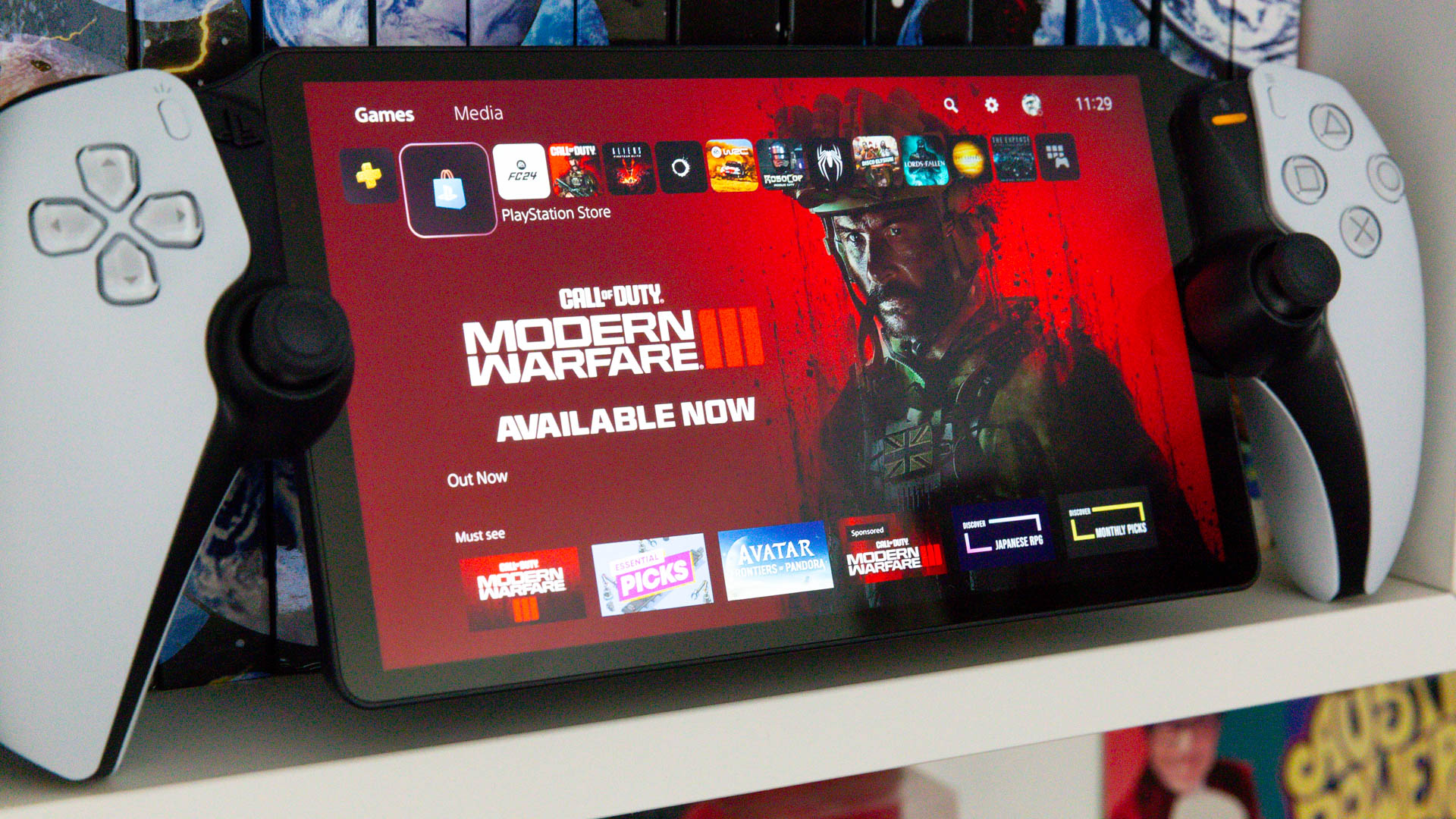
An oddity perhaps, the PlayStation Portal isn't a true handheld console, rather a way to play games streamed from your own PS5. In that respect it excels. The large, 8-inch screen is superb and latency is nigh-on non-existent. Plus, you can use it with a mobile hotspot or external Wi-Fi connection. If it had access to cloud gaming too, it'd be better still, but even as it stands it's great for hardcore PlayStation fans who want to play when the TV is unavailable.
-
+
Excellent 8-inch display with great viewing angles
-
+
True DualSense haptics and adaptive triggers
-
+
Little or no latency when on home network
-
+
Works on remote Wi-Fi or through a mobile hotspot
-
-
Can only stream from your home PS5
-
-
Battery life isn't quite as advertised
-
-
Can't connect third-party Bluetooth headphones
Why you can trust T3

Handheld gaming has come on leaps and bounds since Sony killed its second attempt at a portable console. The PS Vita was officially discontinued in 2019, having been effectively sidelined a couple of years beforehand. And while it was fun while it lasted, it seemed to be the last time Sony was to make a dedicated portable games machine.
But up stepped the Nintendo Switch and, in its wake has come the Steam Deck, Lenovo Legion Go, Asus ROG Ally and a host of Chinese retro handhelds, each proving that there’s a big enough user base to at least consider re-entering the portable arena once more. And so that’s what Sony has done… of sorts.
The PlayStation Portal Remote Player, to use its full name, is a portable games machine with its own screen and wrapped in a controller – much like a Switch or many of the other portable consoles, but it’s also quite different. It doesn’t technically run games, for starters.
Instead, it uses a PlayStation 5’s existing Remote Play functionality to stream games over a home or external wireless connection, using your PS5 as the host and the Portal as a receiver. In many ways, you can already do something similar with a smartphone and controller accessory, such as the Backbone One, but there’s a fair bit to Sony’s official plaything than that.
It has an 8-inch 1080p display, which is considerably larger than any iPhone or Android phone, and the controls are based on the PS5’s own DualSense gamepad – with all the bells and whistles you are used to. Plus, the stripped back connection process is more simple than sparking up the Remote Play phone app. It’s a friendlier, more premium experience for sure.
PlayStation Portal review: price & availability
That’s perhaps just as well as you are certainly expected to pay a premium price. The PlayStation Portal Remote Player will set you back £199.99 / $199.99, but if that seems a little steep, consider that the DualSense Edge pro controller is a tad more expensive still.
It also doesn’t seem to have bothered many as, at the time of writing, stock is hard to come by. Sony promises more units will become available though, so you should check your favourite retailer often.
In my opinion, it’s definitely worth it.
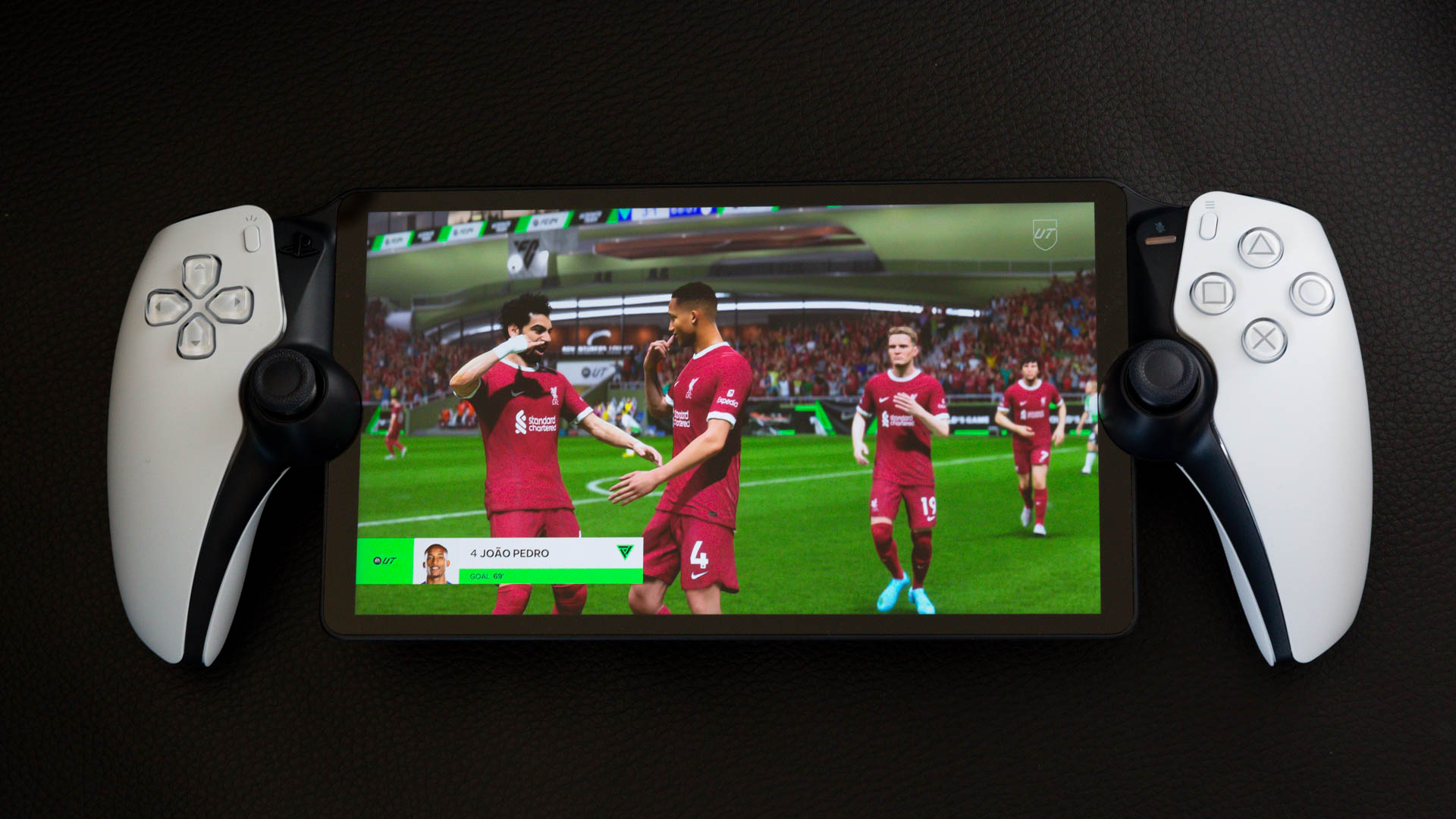
PlayStation Portal review: display and design
That’s partly down to that impressive display.
Even though the PS Vita used an OLED panel, the Portal only has an LCD touchscreen, but it’s highly impressive nonetheless. Being 8-inches means it is beefy and bold enough to make a gameplay session feel more tangible, and it has a decent viewing angle to boot.
In addition, while black levels aren’t quite as deep and involving as on the Nintendo Switch OLED model, say, the contrast available is still significant – helped by excellent brightness and accurate colour representation.
It’s not all great news, there’s no HDR, for example. But you do get a 60Hz refresh rate for 60fps gaming. I would have preferred both, but if there’s a trade-off to be had, this is the better outcome.
Plus, in all honesty, when you’re in the middle of an intense skirmish in Marvel’s Spider-Man 2 or Ultimate Team Champions match in EA Sports FC 24, you don’t really miss high dynamic range visuals. Nor do you care much about the resolution maxing out at 1920 x 1080. A screen that size can show the extra detail of a 1440p or 2160p feed, but it’s largely unnecessary and fractional.
What you do get is excellent looking video running at 60 frames per second and with seemingly no latency or lag.
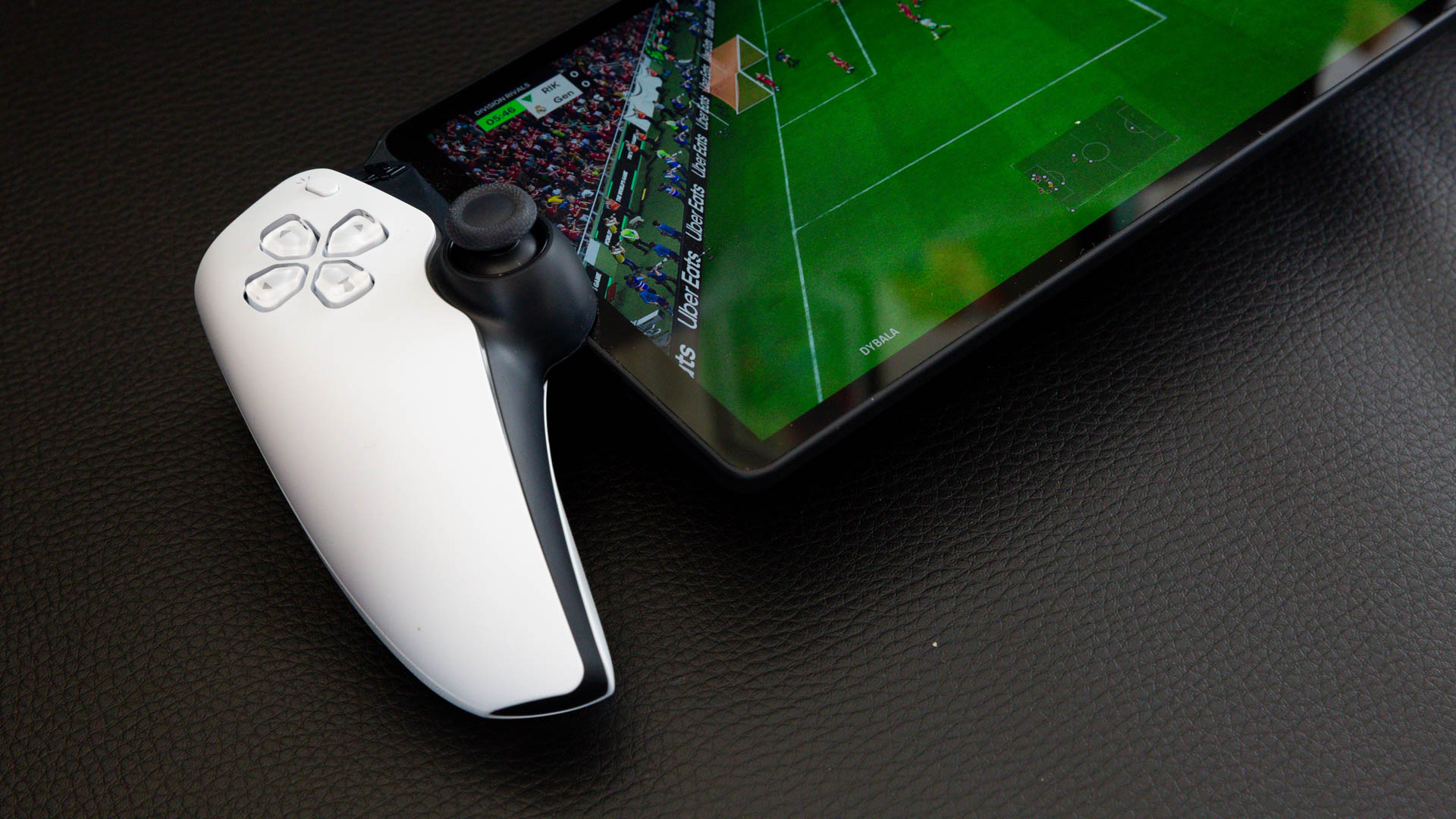
As for the design of the Portal, it’s easily the most ergonomic handheld I’ve used to date. Yes, it looks like someone has cut a DualSense in two and slapped a tablet in-between (because it essentially is exactly that) but it feels right in each hand. The only real caveat is that, to fit it all into a neat, comfortable package, the thumbsticks are a little smaller than on the PS5 controller, and they cut into the screen’s bezel a touch.
There’s also the fact that the DualSense touchpad is absent, replaced by on-screen taps instead, but in all other senses, this is an impressively built device.
That’s extended to build quality – it feels sturdy and well-made – but I’d advise considering a third-party case as a dual purchase as I’m petrified to leave the Portal lying on a TV stand let alone chucking it in a bag. A screen protector could be wise too.
PlayStation Portal review: performance
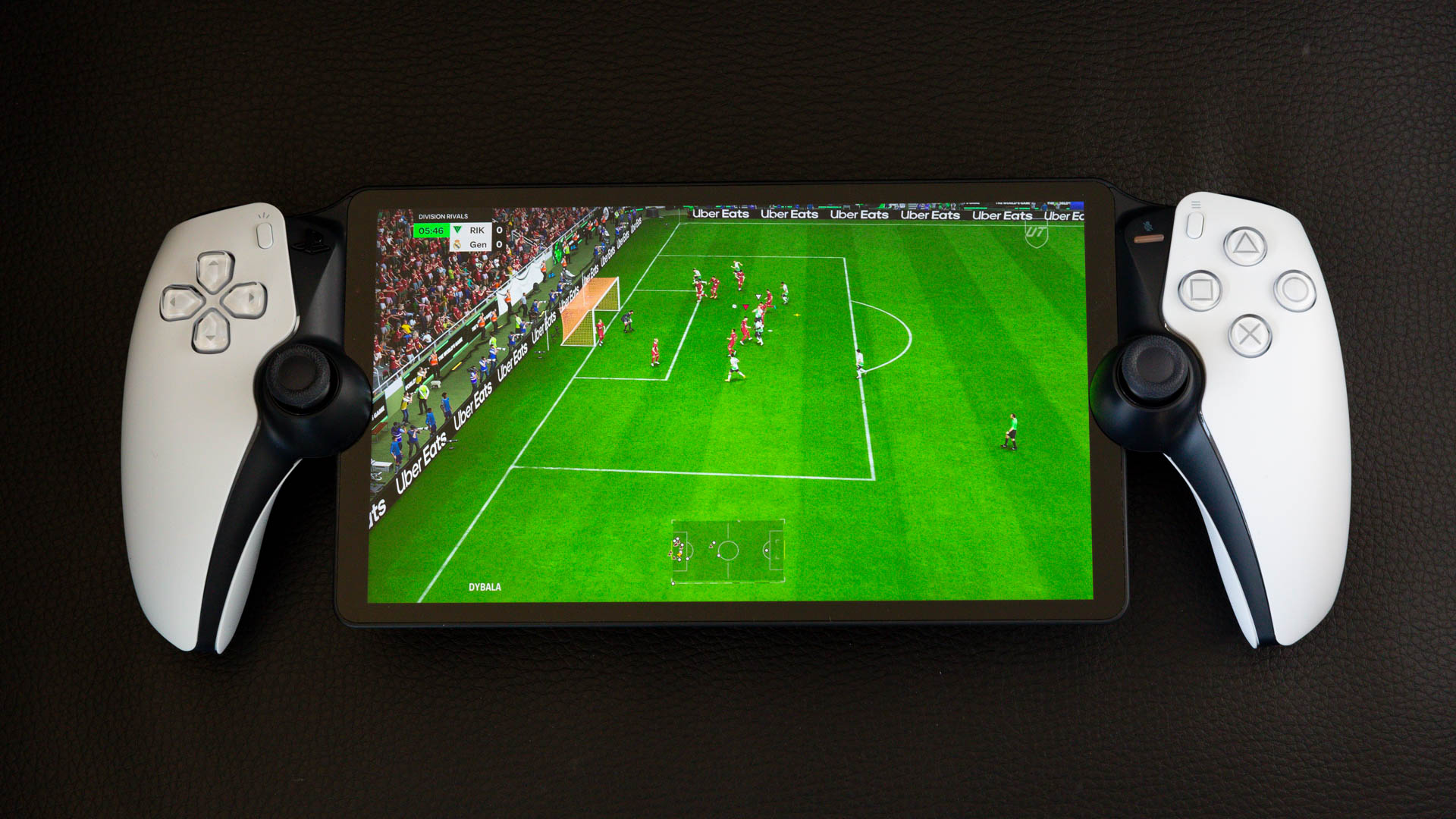
As I’ve said already, the PlayStation Portal has no on-board storage (that’s available to you, anyway) and you cannot install games directly on it. It therefore requires a wireless network connection to run. However, that can be at home on the same network as your PlayStation 5 or, as I’ve tested, over a remote data hook up.
That means you can play your own PS5 games when on holiday or around a friend’s house, as long as you have the ability to connect to the internet. I tested the PlayStation Portal at home (naturally) but also over a flaky 4G mobile data connection and while there were a fair few concessions made on the latter, it still worked.
When connecting to a home network, the Portal runs superbly. After an initial set-up phase, which it guides you through, you can just press the PlayStation button on the left-hand pad and it will search for and connect to your PS5. Once paired you will see your own homescreen on the handheld’s display and away you go.
Streaming at home is a seamless experience with so little lag that it’s imperceptible. Indeed, I left my TV on too at one point to see how much latency there is and control movements worked on both screens simultaneously.
Much of the rest of the performance comes down to your own console and home network capabilities. A normal network should run 1080p 60fps absolutely fine, although you might find some glitches if others in the home are also streaming 4K video or the like. It’d take a fair few to be on simultaneously to make a big difference though.
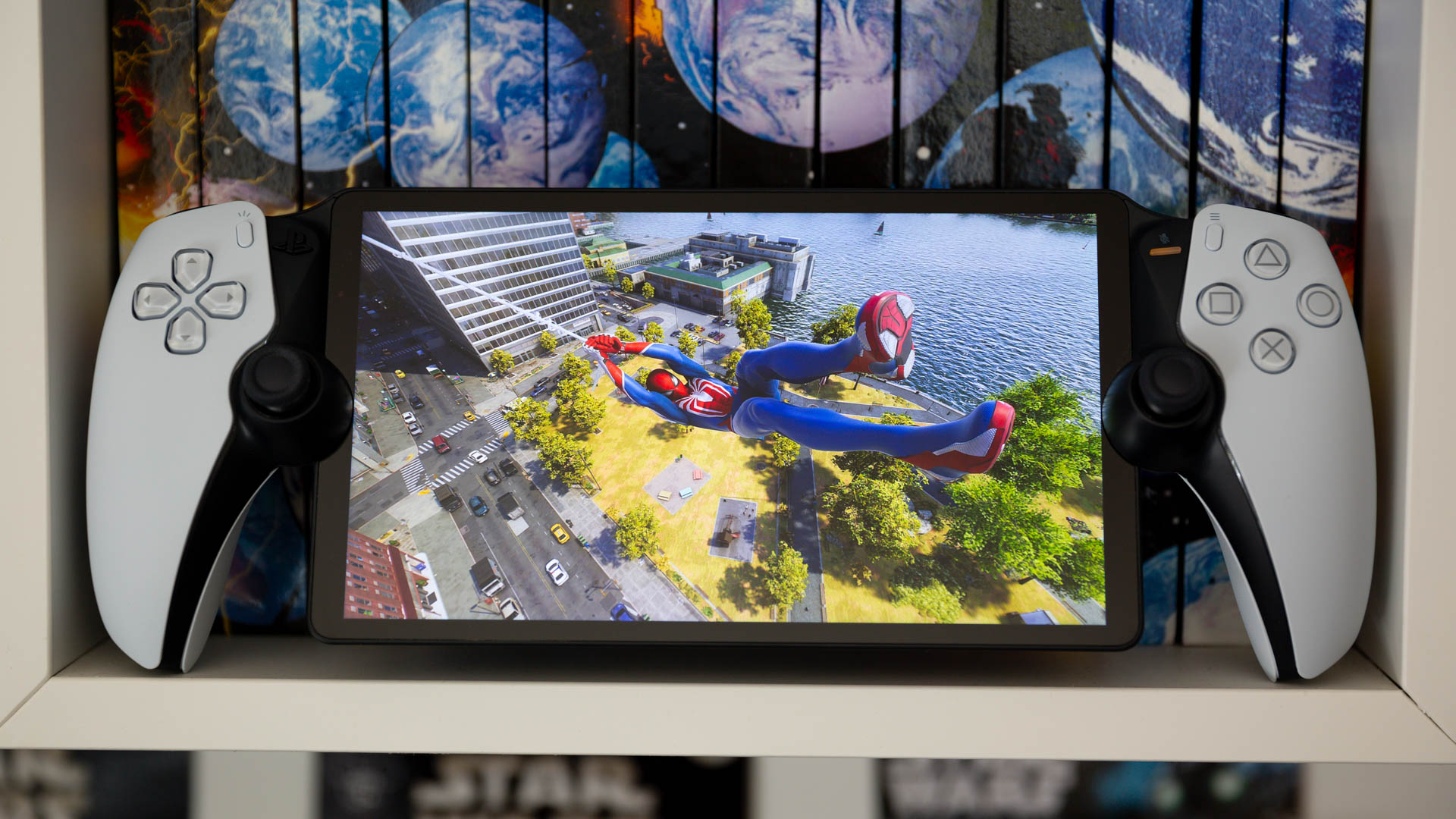
The performance when out and about is less reliable, as it will entirely depend on the data connection. Running the Portal on a 4G mobile signal in a fairly remote area resulted in a drop in resolution and frame rate, but Spider-Man 2 was still eminently playable. Therefore, over 5G would present no problems, nor should running the device on a hotel’s Wi-Fi network, for example.
It’s also worth noting that the stereo speakers are very decent, with the ability to present a loud personal soundstage, which is just as well because, while Bluetooth is also on board for wireless headphones hook-up, you’re confined to pairing the official PlayStation headset or earbuds. You cannot use third-party Bluetooth in- or over-ears.
There is a 3.5mm jack though to connect them using a cable.
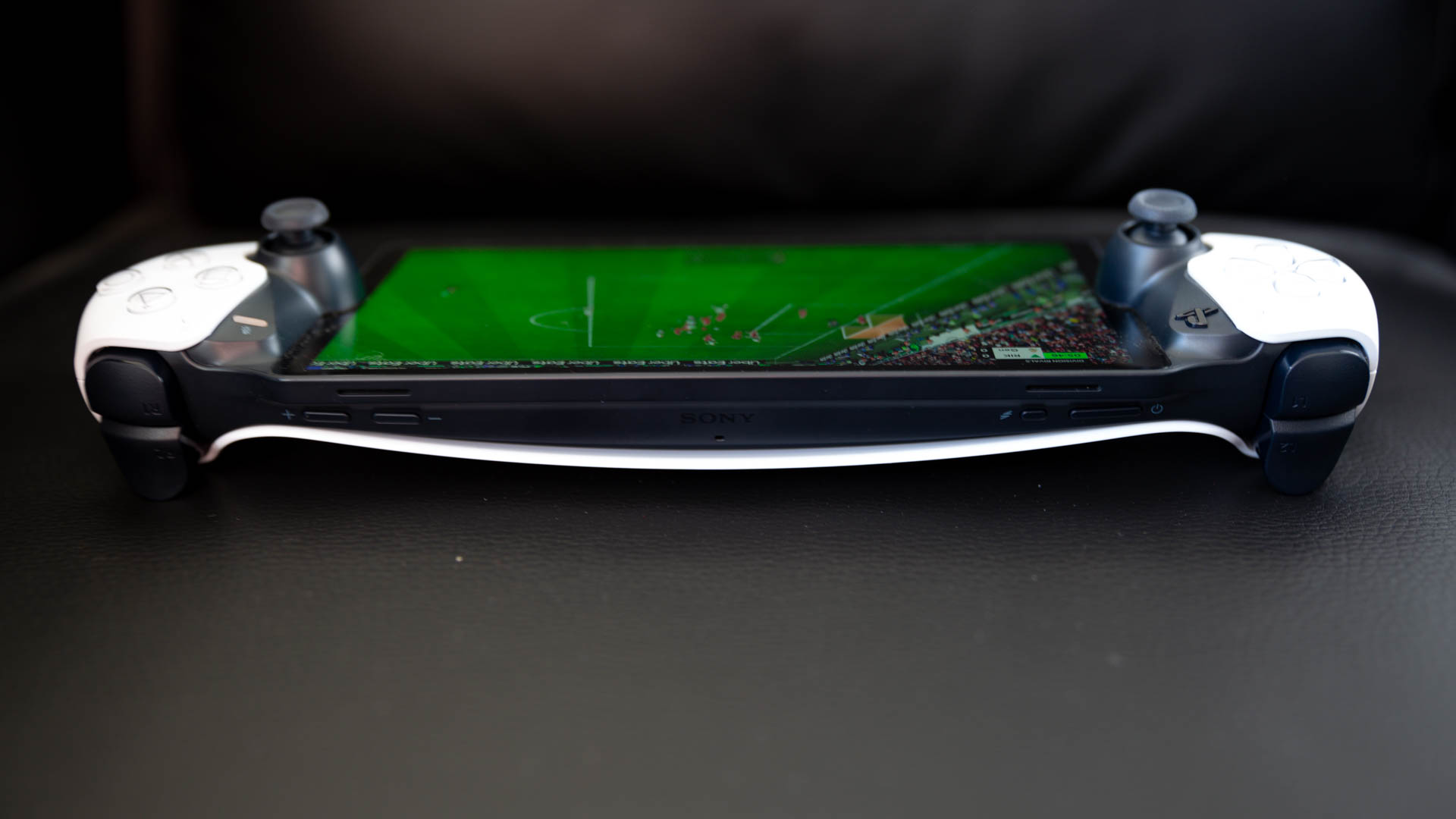
PlayStation Portal review: battery life
As with all portable devices these days, the handheld has a USB-C port for charging (hidden under a fold on the rear). This supports faster charging, it seems, and it only takes around an hour to go from flat to full.
Sony claims that the battery should give you around 8-hours of gameplay time, but I’ve found that’s pretty ambitious. I’d place it more at around 5 to 6-hours in general use and not dissimilar to a Nintendo Switch OLED model.
Considering the hard work is being done by your PlayStation 5 remotely, that might seem a little stingy. However, the backlit screen is larger than most, so will draw more power, while the persistent internet to-and-froing required to stream gameplay will surely take its toll too.
About 5-hours is also par for the course with handhelds – I’ve rarely found myself playing more than that in a single session and, if you have access to Wi-Fi, you’ll invariably have access to a power socket too.
PlayStation Portal review: future potential
I guess the usability and desirability of the PlayStation Portal will come down to circumstance. For me, it’s a great way to carry on a game in another room, while the family is watching something on the main screen. And, I suspect, that’s its main purpose.
I’m also swayed by the fact that I can potentially play games saved on my own PlayStation 5 while travelling or on holiday. So, the ability to keep up with my Ultimate Team when at Center Parcs, say, is a bonus.
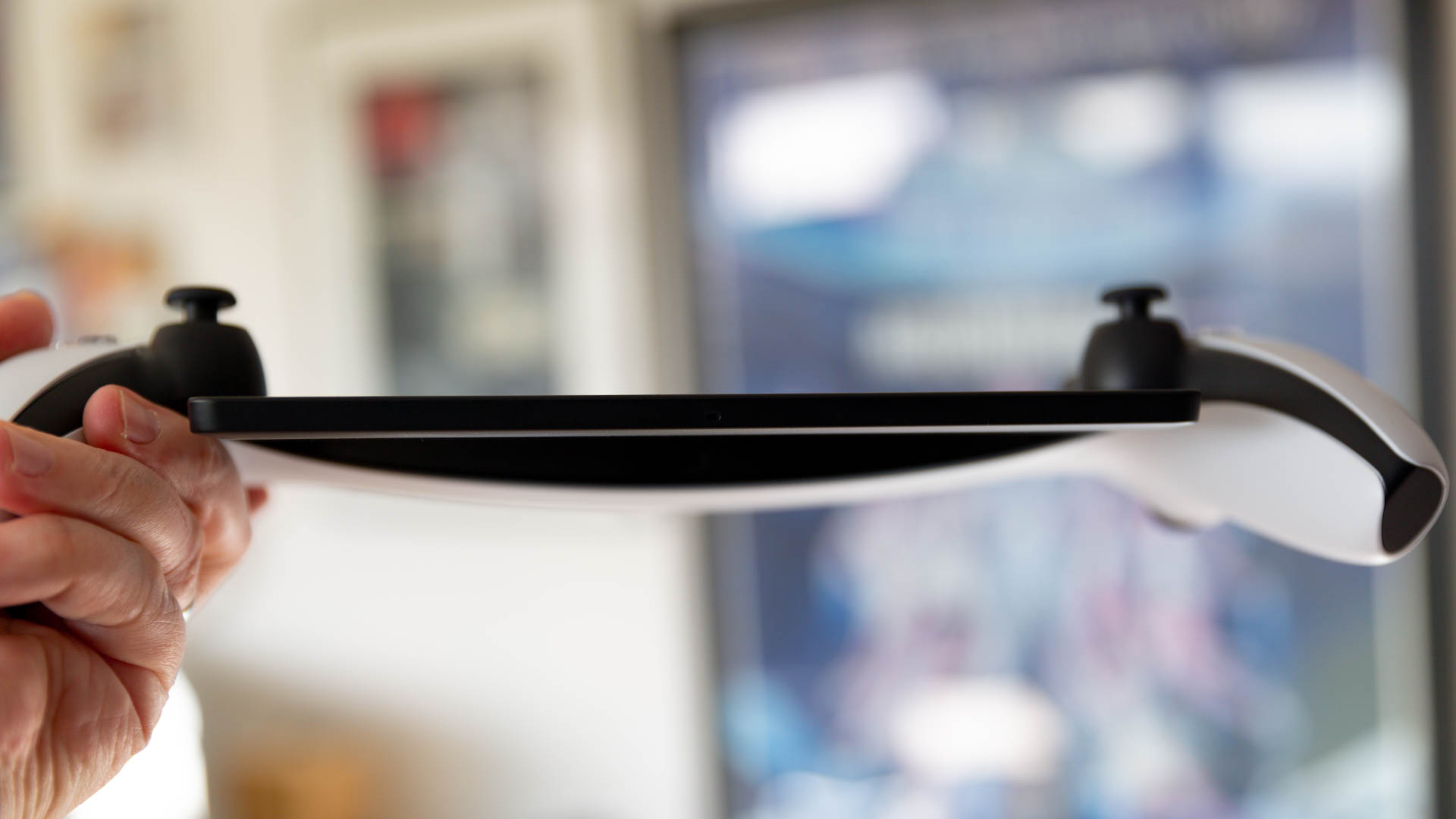
What I would like in future though is the ability to stream games over the cloud to the Portal and I’m a little surprised that it doesn’t already. Sony does offer cloud gaming through its PlayStation Plus membership service, to PS Plus Premium subscribers, so why not let them also play those games on the new device?
After all, it is capable of streaming video at 1080p 60fps, so why only from the one source?
I suspect this could be something added in the near future – it could help drive subscriptions to the top PS Plus tier, for starters. And the technology is surely capable.
As it stands, not only can you not stream cloud games directly, you can’t access them through your PS5 connection neither. Nor can you stream video from the likes of Netflix or Apple TV+, but that’s less important considering the Portal is designed to be held and won’t stand independently.
Essentially, I believe there’s more potential in the PlayStation Portal than is currently employed.
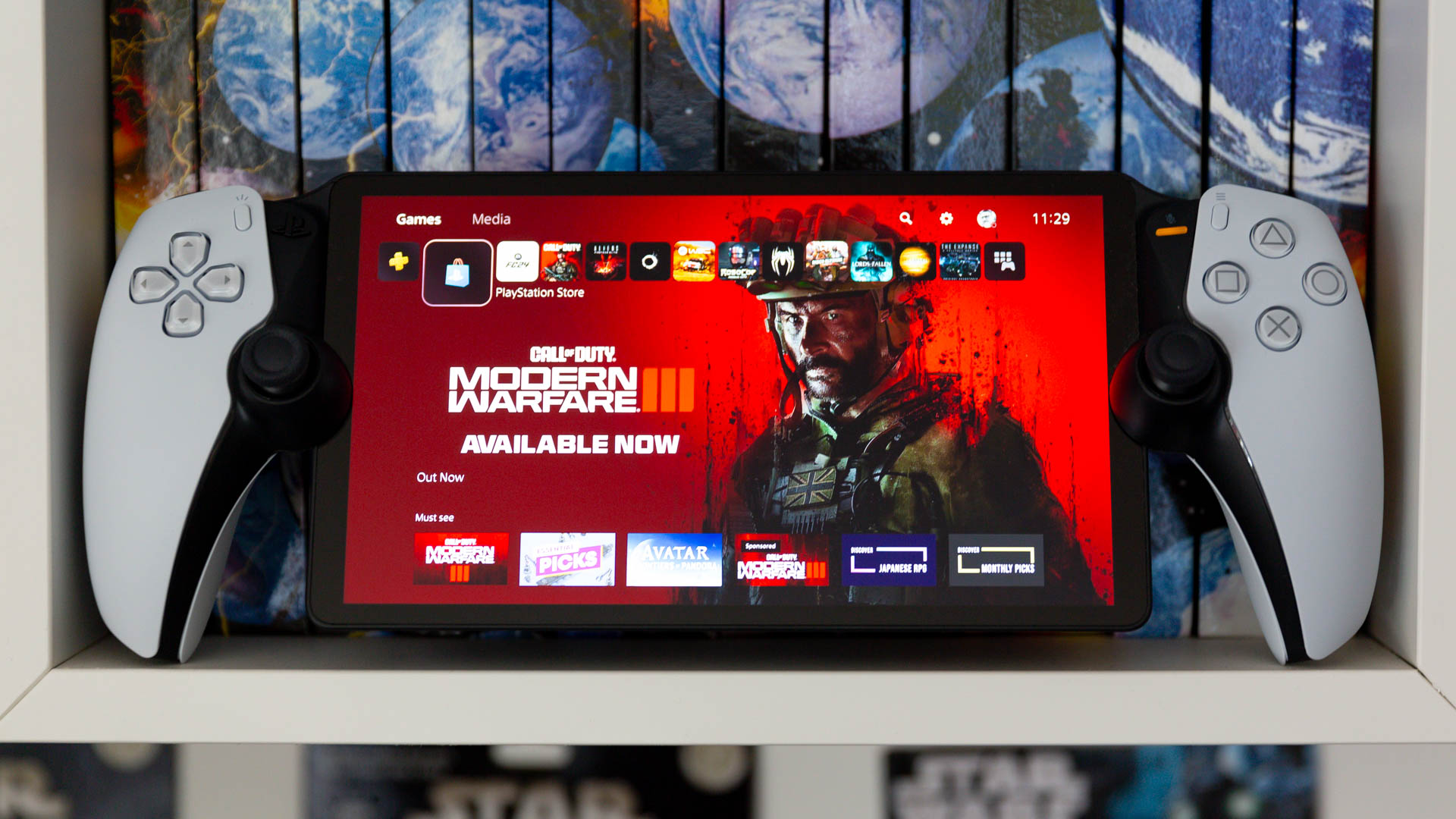
PlayStation Portal review: verdict
If Sony does decide to expand the featureset of its Portal handheld in future, that’d make it an even more essential purchase. However, it is already worth considering for PlayStation power users.
The 8-inch display is excellent, even without HDR, and the feel of the controls, with their force feedback and haptics, is better than on any equivalent.
Yes, it’s a pricey accessory for an already fairly pricey console, but so too is the PlayStation VR2 headset and its cost does not diminish its quality. You pay a premium, you get a premium experience. This applies equally to the PlayStation Portal.
It’s niche, yeah, but it’s my kind of niche and can get better still, I’m sure.
PlayStation Portal review: also consider
With the PlayStation 5 Remote Play app also doing effectively the same thing on mobile devices, you might want to simply use your iPhone or Android handset to stream games from your console instead.
In that case, I thoroughly recommend purchasing a dedicated mobile controller, like a Backbone One or Razer Kishi. There's even a PlayStation Edition version of the former, which looks like a DualSense controller (in its colour scheme) and comes with USB-C connectivity for iPhone 15 compatibility too.
It's not quite the same (the screen size will be smaller, for starters) but you still get a great streaming experience over Wi-Fi and mobile data.
Sign up to the T3 newsletter for smarter living straight to your inbox
Get all the latest news, reviews, deals and buying guides on gorgeous tech, home and active products from the T3 experts

Rik is T3’s news editor, which means he looks after the news team and the up-to-the-minute coverage of all the hottest gadgets and products you’ll definitely want to read about. And, with more than 35 years of experience in tech and entertainment journalism, including editing and writing for numerous websites, magazines, and newspapers, he’s always got an eye on the next big thing.
Rik also has extensive knowledge of AV, TV streaming and smart home kit, plus just about everything to do with games since the late 80s. Prior to T3, he spent 13 years at Pocket-lint heading up its news team, and was a TV producer and presenter on such shows as Channel 4's GamesMaster, plus Sky's Games World, Game Over, and Virtual World of Sport.
-
 Breitling adds two new Top Time chronographs celebrates the legacy of cycling legends
Breitling adds two new Top Time chronographs celebrates the legacy of cycling legendsThese are gorgeous watches
By Sam Cross Published
-
 Biver adds another two Automatique models to its collection
Biver adds another two Automatique models to its collectionThese are classy additions
By Sam Cross Published
-
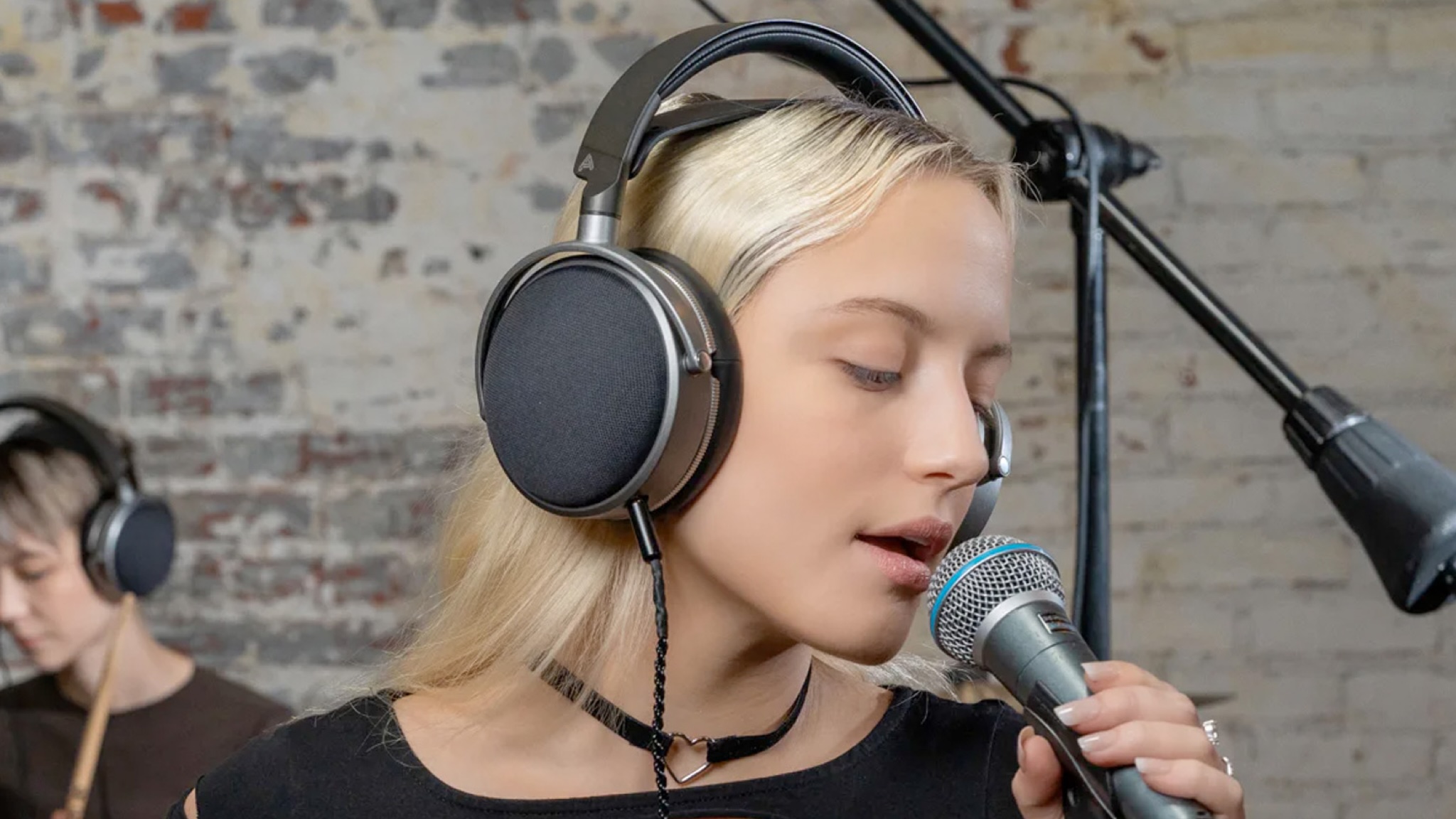 Audeze’s new planar headphones promise studio-quality sound without a sky-high price
Audeze’s new planar headphones promise studio-quality sound without a sky-high priceThe new LCD-S20 closed-back headphones are Audeze's most affordable premium planar headphones yet
By Carrie Marshall Published